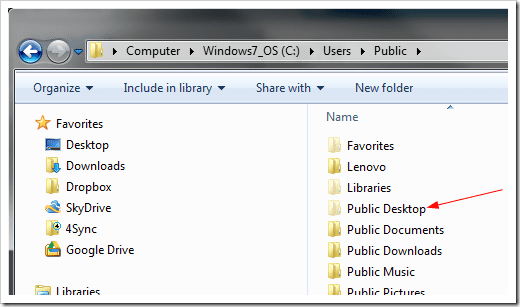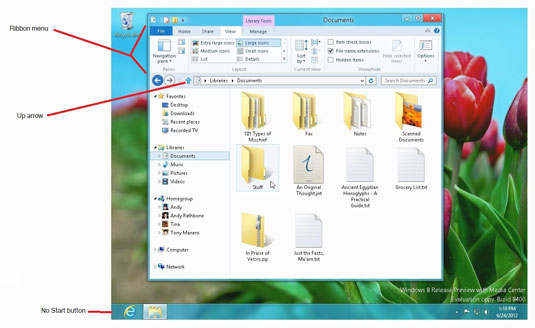

The Find Target button doesn’t do anything other than load the path listed in the text box. You should also see the current path to the folder in question. Now just right-click on the folder you wish to move and choose Properties.Ĭlick on the Location tab and click on the Move button. You can also change the libraries locations, which I will explain below later. By default, Windows 7 will show libraries in the left-hand pane, which are more like virtual folders that contain the contents of multiple folders. In Windows 7, you’ll have to manually navigate to the user folder directory by going to C:\Users\username. In Windows 8 and Windows 10, you just click on This PC and you’ll see everything.
To get started, open Windows Explorer and navigate to the directory that has all of the system folders. There are a few features of Windows that have remained the same over decades and the location of user folders is one of them. The procedure below is pretty much the same for Windows 10, Windows 8, Windows 7, Windows Vista, etc, etc. I also recommend moving your data folders to another disk (specifically a second hard drive, not just a different partition on the same disk) if you can as they will be safe in case the system drive fails or Windows becomes corrupt and inaccessible. So if your Videos folder is the only large folder taking up space, you can move it and leave the other folders alone. What’s nice is that you can move just one or all of them as needed.

If you need extra space on your main partition for applications or something else, then it’s not very difficult to move those default folders to a new location.


 0 kommentar(er)
0 kommentar(er)
